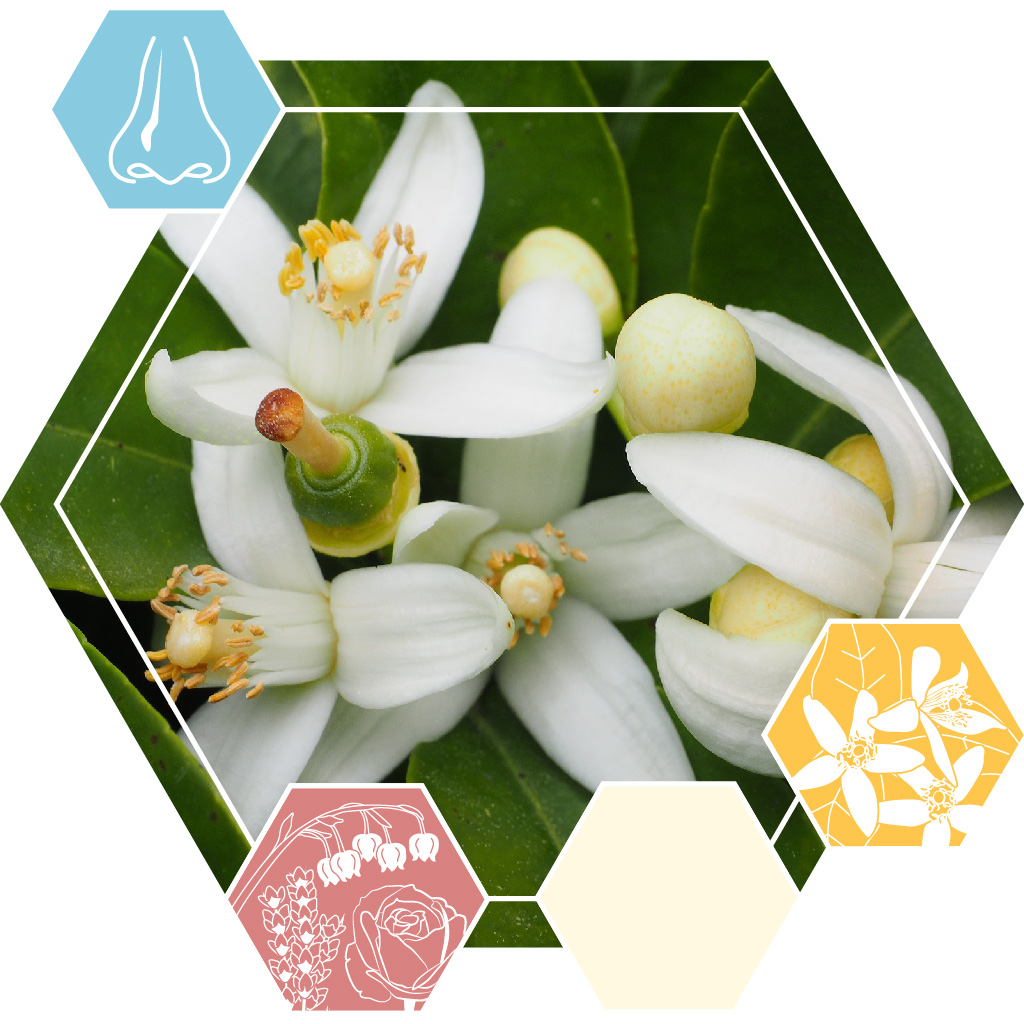Fragrance raw material
Description
Oranger crystals: an aroma chemical for use in, for example, perfume, soap or candles.
Use
Oranger crystals have a scent that is especially reminiscent of orange blossom. The odour is medium strong, but because it is a solid, making a solution can be a good idea. For example 10% in either DPG, TEC or IPM: all these make a stable solution. Typical use is in orange blossom accords, but in smaller amounts it can work well in many fragrances. Jasmine is a good example there, but also many other floral accords.
The scent is 'powdery', by which perfumers mean that it smells like old-fashioned body powders. This means, for example, that the fragrance blends nicely with vanilla (vanillin) and iris/violet (methyl ionone). You usually use between 0,1% and 10% of this substance in the fragrance composition. The smell is not intense, but even a small amount can have a recognizable effect on the fragrance. The scent is rough and unrounded, so using a larger amount in a composition is risky. It is primarily a base note in perfumes and is stable in most products, including soaps and candles.
Keep cool, dry, dark and out of reach of children.
Properties
Oranger crystals are solid at room temperature. We supply them as a white to yellowish crystal powder. The substance has a long shelf life. The substance does not occur in nature.
Other names are 2-Acetonaphtone and beta Naphthyl Methyl Ketone
Packaging
This substance is packed in white plastic (PP) jars with lids.
Dangers
Oranger crystals are not classified as a hazardous substance (REACH/CLP).
Codes
Item number: 23053
Dutch names: Oranger kristallen, 2-Acetonafton, beta Napftylmethylketon.
EC number: 202-216-2
CAS Number EU: 93-08-3
CAS Number TSCA: 93-08-3
FEMA Number: 2723
INCI: 2-ACETONAPHTHONE




